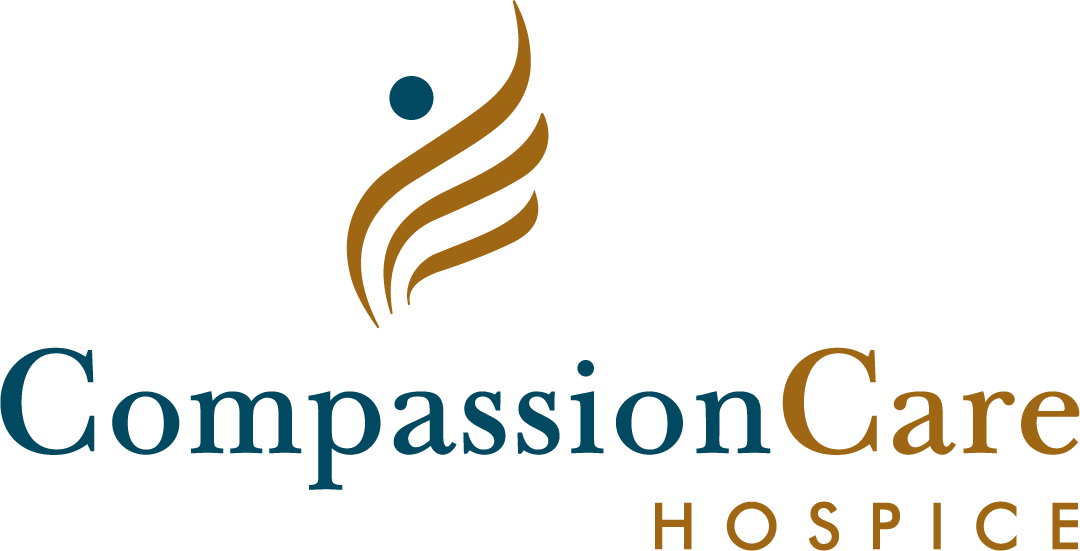
Sudden Cardiac Arrest: What It Is and What To Do
A leading cause of death in the United States, sudden cardiac arrest claims the lives of more than 356,000 people each year. This includes 23,000 youth under the age of 18. It is a life-threatening health emergency in which the heart suddenly stops beating, and it can occur in people of any age, including those who appear to be otherwise in good health.
When a person goes into cardiac arrest, they collapse and do not respond or breathe normally. They may also gasp or shake, similarly to a seizure. It is critical that the person gets help immediately, as it can lead to death within minutes. With October being Sudden Cardiac Arrest Awareness Month, we want to help raise awareness and explain what it is and what you can do when someone experiences this medical emergency.
What is sudden cardiac arrest?
As previously mentioned, sudden cardiac arrest is a health emergency in which the heart suddenly stops beating. It is life-threatening, and survival depends on people nearby calling 911, as well as starting CPR and using an AED (if available) as soon as possible. An AED (automated external defibrillator) is a portable, electronic device that is used to help someone who is experiencing sudden cardiac arrest. It analyzes the heart’s rhythm and can deliver an electrical shock to help the heart re-establish an effective rhythm.
Is it the same as a heart attack?
Sudden cardiac arrest is not the same as a heart attack. A heart attack is a blockage in coronary arteries that interrupts blood flow to the heart. The website stopcardiacarrest.org does a great job of explaining the differences between a heart attack and sudden cardiac arrest. It describes sudden cardiac arrest as being electrical and a heart attack as being plumbing.
To summarize the differences between the two, someone experiencing sudden cardiac arrest is unresponsive and not breathing, and they may gasp or shake. It can happen to anyone of any age, and people nearby must start CPR immediately to increase the likelihood of survival.
In contrast, someone experiencing a heart attack may experience pain in their chest, neck, or left arm. They may also experience shortness of breath, sweating, or nausea. A heart attack most often occurs in people over the age of 65, and responsive victims do not need CPR.
However, you should call 911 for someone experiencing either.
What should I do?
Cardiac arrest happens suddenly so it’s important that you know what to do so you can act quickly if you are nearby when it occurs. So what do you do when someone is suddenly unresponsive and breathing abnormally or gasping for air? According to the American Heart Association, here is what you should do:
- Ensure the scene is safe.
- Check for a response. Sudden cardiac arrest victims do not respond when you tap them or ask if they are ok.
- Shout for help. If someone is nearby, tell them to call 911 and bring an AED as quickly as possible (if one is available). If you are alone, call 911 and find an AED (if one is available).
- Check to see if they are breathing. Abnormal breathing or only gasping for air is a sign of cardiac arrest.
- Start CPR. If the person is not breathing or is gasping for air, begin CPR right away. Push down at least two inches in the center of their chest at a rate of 100 to 120 pushes a minute. Allow the chest to come back up to its normal position after each push.
- Use an AED. Anyone can use an AED. Turn it on as soon as it arrives and follow the prompts.
- Continue CPR. Continue to administer CPR until the person begins to breathe or until someone with more advanced training arrives to take over.



